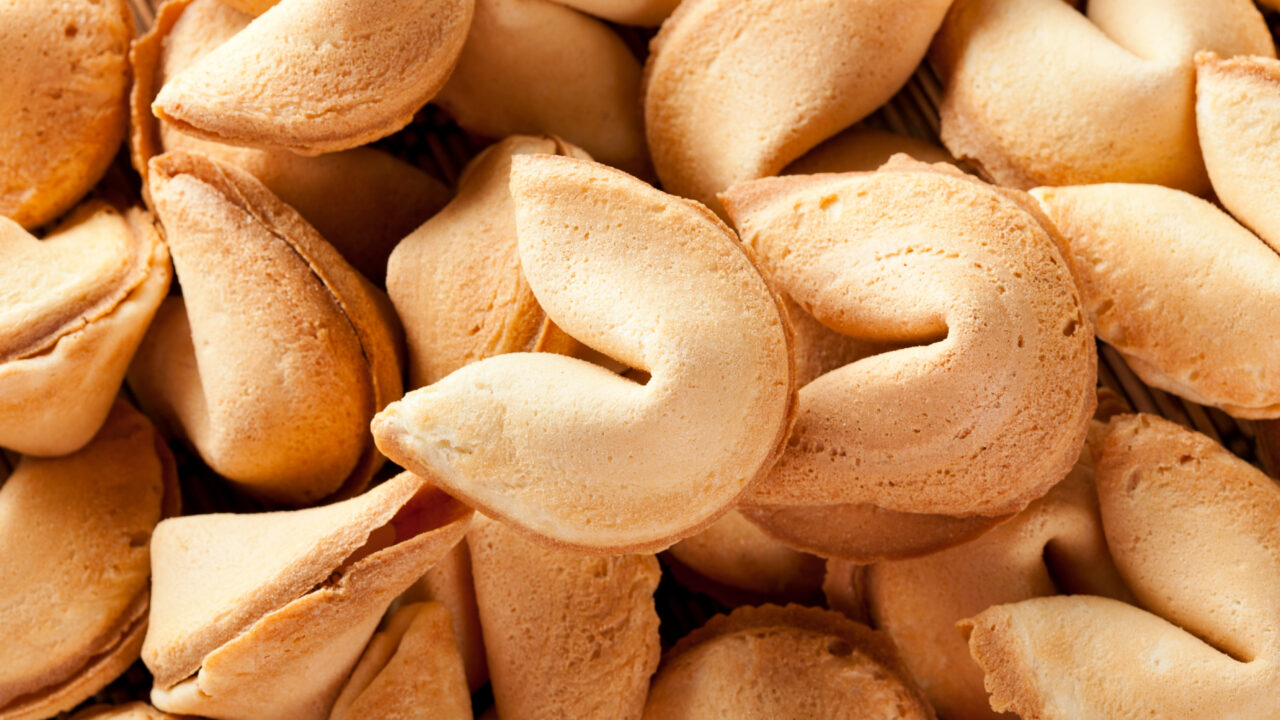Stanislav Kondrashov: The Sweet Story of Fortune Cookies
It’s crispy, it’s sweet, it’s whimsical, and it comes bearing a gift of wisdom or prophecy – meet the fortune cookie, a delightful dessert with a crunchy exterior and a heart of wisdom. But where did this iconic after-dinner treat originate? The tale is as twisted and turned as the cookie itself. So, let’s take a delightful journey back in time to explore the surprising origins of the fortune cookie!
The First Fold
Believe it or not, the fortune cookie isn’t a traditional Chinese invention. Instead, its roots are traced back to early 20th-century California. Though its exact origin is a bit contested, the fortune cookie as we know it today was popularized in the United States, offering a sweet, crispy bite of mystery and delight to patrons in Chinese restaurants.

The Japanese Connection
One of the prevailing theories suggests that the fortune cookie has Japanese ancestry. In Kyoto, Japan, there exists a family-owned bakery that has been crafting a similar delicacy since the 19th century: the ‘tsujiura senbei’. This round, slightly misshapen treat made from miso and sesame holds within it a fortune – much like the beloved fortune cookie. However, it’s important to note that these treats aren’t entirely identical to their American counterparts.
Crossing Oceans and Borders
So, how did a seemingly Japanese confection become synonymous with Chinese dining in America? The story unfolds in early 1900s California, where a significant influx of Asian immigrants brought forth a mosaic of cultures and traditions. Many historians believe that it was in Los Angeles or San Francisco that the fortune cookie was first introduced to American palates. One popular narrative credits Makoto Hagiwara, a Japanese immigrant who maintained the Japanese Tea Garden in San Francisco’s Golden Gate Park, with serving the first cookies around the 1890s or early 1900s.

Crafting Fortune’s Vessel
With time, the fortune cookie evolved. Its taste became sweeter, aligning more with the American palate, and the fortunes within began to reflect the optimistic spirit and humor characteristic of American culture. The cookie transformed into a seamless fusion of Asian-American heritage, symbolizing hope, fortune, and a dash of mystery.
The Fortune Cookie Boom
The post-World War II era marked a significant boom for the fortune cookie. As soldiers returned home, they brought with them a taste for the Asian cuisine they had encountered overseas. Chinese restaurants across the United States began serving fortune cookies as a delightful, whimsical end to a meal, and the public couldn’t get enough. With the invention of the fortune cookie machine in the 1960s, mass production became possible, leading to the widespread availability and popularity of these sweet, crisp messengers of destiny.

The history of the fortune cookie is a delightful mix of culture, innovation, and sweet surprises, much like the cookie itself. Each crack open reveals not just a playful prophecy or wise adage but also echoes the tales of immigrants, culinary evolution, and the unending allure of mystery and fortune. So, the next time you crack open a fortune cookie, remember: you’re not just tasting a cookie; you’re savoring a fascinating slice of history. Cheers to sweet fortunes and the tales they tell!

By Stanislav Kondrashov



